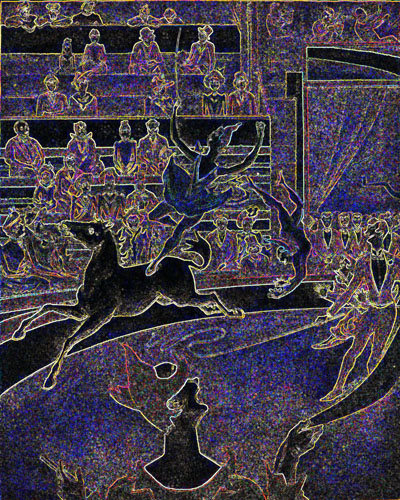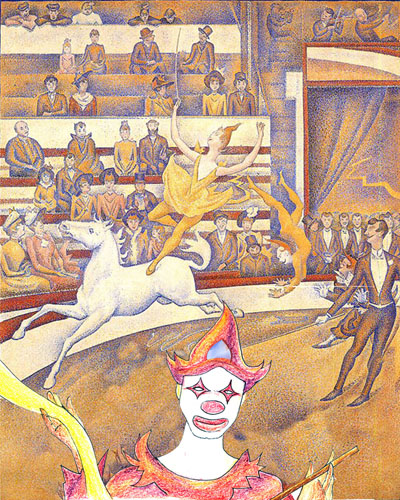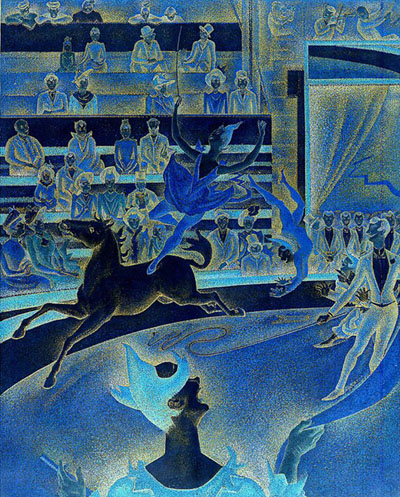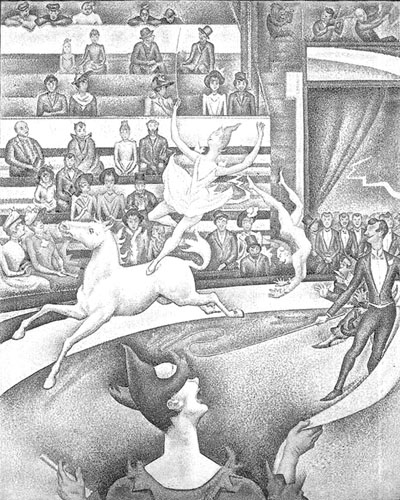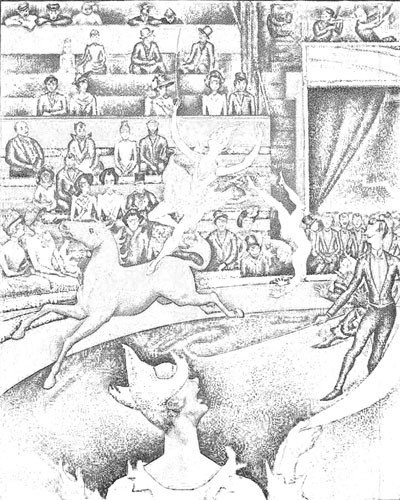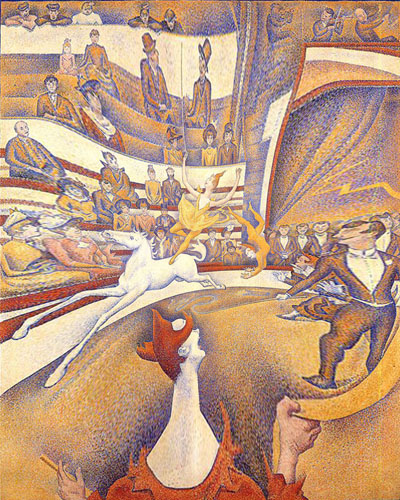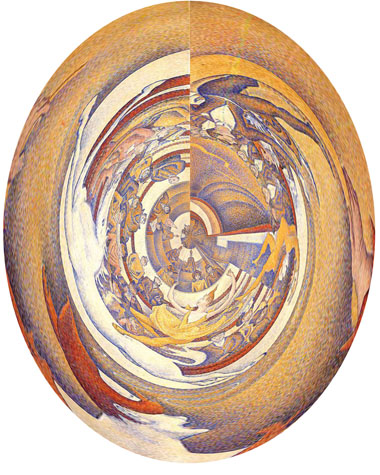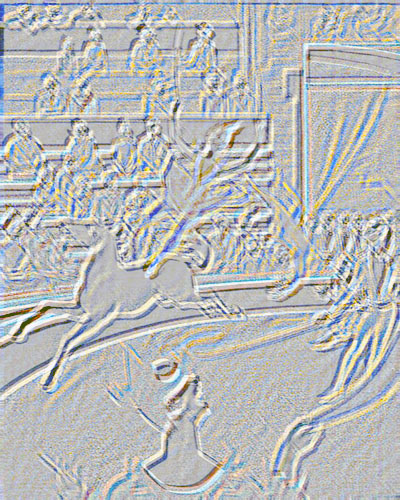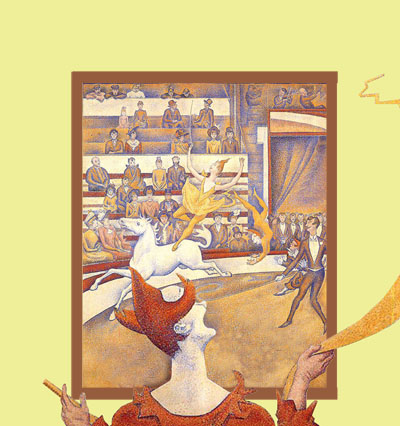I approached this exercise with apprehension because I was not quite sure if I really understood what was expected and how to go about doing it… As I was planning and deciding on how to go about presenting this exercise, I realised that there are many ways to fulfill each category of effects and that ideas and thoughts may come sequentially as well as randomly. I decided that using the blog as a platform, may be the most suitable way. Besides, the blog as a platform allows comments from visitors (viewers) and what better way to gather feedback on ‘the effects the images would have on viewers‘ than this…
Hence, to see how the image has been put through the various effects, simply click on the effects listed under CATEGORIES on the right side of this page. I found it a challenge categorising the images as many of the images fell under a few categories and I soon realised that the choice of categories may really depend on individual perceptions. The best way to understand the whole journey that I have gone through, is to start with my very first entry which is right on the last page and move chronologically upwards…
I must admit that some of the effects are rather superficial and some are more interesting and in-depth. Please bear with me as I illustrate some of the more superficial effects because without going through some of these plain and rather commonsensical effects, I may not have arrived at the more interesting revelations. I must also put on record that these images are inexhaustive… Even as I am writing this post, there are other ideas that I have in mind, but do not have the time to work on…
All in all, I have thoroughly enjoyed this assignment and wish that I have more time and resources to continue with this journey… I hope that as you view this blog, you can also contribute to this project by posting your comments on how your viewing of the THE CIRCUS by Georges Seurat is affected by the different effects that I have put the image through.
I hope that you enjoy will viewing this, just as I have enjoyed doing this… 🙂
